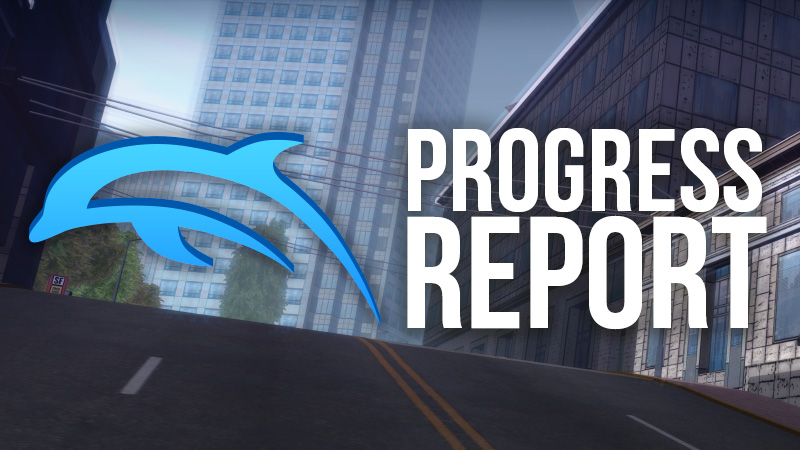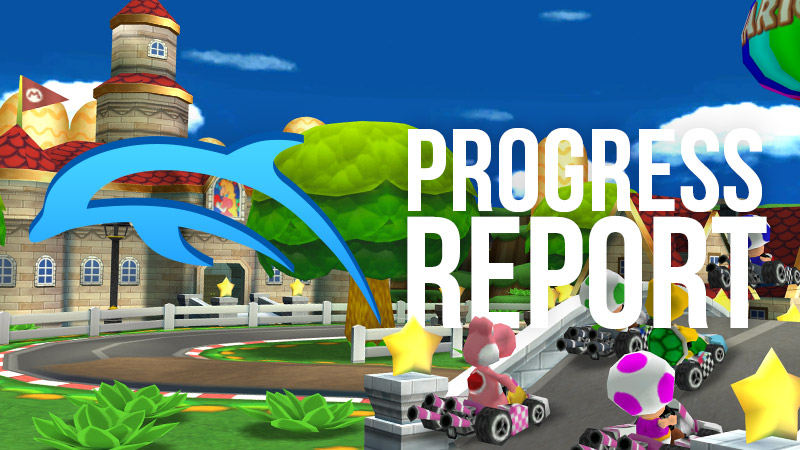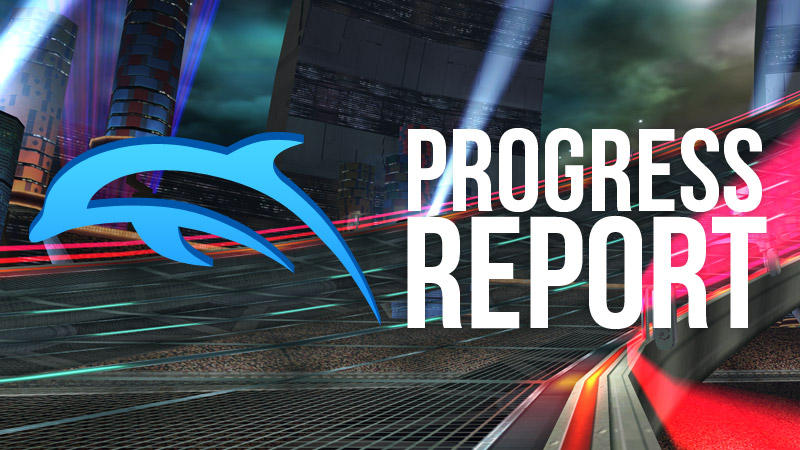Welcome to the Dolphin Progress Report for December 2020 and January 2021! Things ended up running a little behind for this report due to some technical details that we needed to hammer out for a few of these entries. We on the blog team are familiar with the emulator, however there are a lot of technical details that are simply beyond our expertise. Going from things like the AArch64 JIT to GUI changes to IOS updates to game patches that go into low-level hardware behavior is enough to make anyone's head …
Fortsätt läs
Du kan fortsätta diskussionen i forumtråden för denna artikel.
February came and went quietly, especially on the blog. While we do prefer to run a Progress Report every month, we were put into a bit of a bind. February saw a lot of interesting changes - but most of them were setting up for changes that weren't quite ready to be merged yet. Rather than rushing things or writing a Progress Report about things that would be coming soon, we decided to wait.
Well this Progress Report is no April Fools' joke - a lot of big changes landed! While …
Fortsätt läs
Du kan fortsätta diskussionen i forumtråden för denna artikel.
While an emulator's primary job is to emulate, there's usually a lot more that goes into a good emulator. For Dolphin, it may feel like a lot of work has gone toward luxury features and optimizations rather than improving accuracy and compatibility. For example, Ubershaders is a wonderful, game-changing feature, but it can't fix any bugs in emulation. With another of those huge features on the brink, it's important to highlight that no one has forgotten about Dolphin's weaknesses - it's just getting harder to fix them. Most of the games …
Fortsätt läs
Du kan fortsätta diskussionen i forumtråden för denna artikel.






